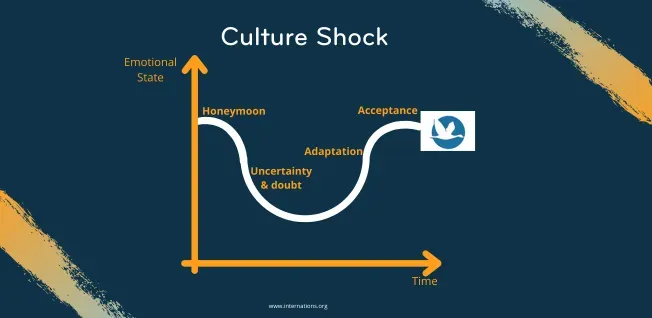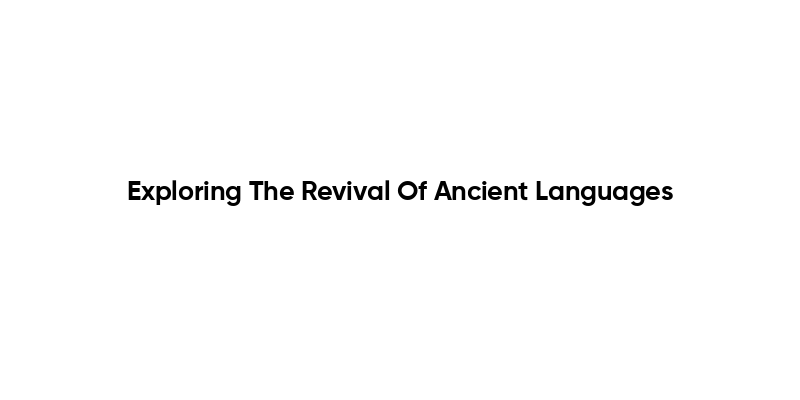Culture shock to cultural competence marks the turning point from uneasy first encounters to confident, collaborative work across borders, shaping how teams learn, adapt, and perform under changing markets. In diverse, global workplaces, teams blend languages, norms, and perspectives, creating both challenge and opportunity that compel clearer expectations, better listening, and stronger mutual respect, as teams learn to navigate different time zones, decision rhythms, and feedback styles. By embracing clear, cross-cultural communication and inclusive practices, individuals unlock greater performance, stronger relationships, and shared ownership of results, benefiting projects, careers, and organizational resilience. Organizations that foster curiosity, structured learning, and psychological safety turn initial missteps into learning moments that propel innovation, improve morale, attract diverse talent, and align teams with diversity and inclusion strategies. This article outlines how culture shock evolves into lasting capability, with practical steps, metrics, and real-world examples to guide your journey toward a more agile, inclusive, and high-performing workplace.
From initial intercultural discomfort to confident teamwork, this transition hinges on understanding differences and building cultural intelligence. The path emphasizes adaptive communication, mutual respect, and shared goals across diverse teams. By embracing experiential learning, reflective practice, and leadership that models inclusion, organizations help people translate insights into everyday collaboration, decision-making, and innovation. Ultimately, this progression strengthens intercultural engagement, improves performance, and creates a more resilient, inclusive workplace culture.
Culture Shock to Cultural Competence: Navigating the Multicultural Workplace Toward Intercultural Collaboration
Culture shock to cultural competence marks a real, navigable journey rather than a temporary hurdle. In a multicultural workplace, new interactions can trigger a mix of uncertainty, misread cues, and different expectations about communication and decision-making. Rather than viewing these moments as failures, teams can treat them as opportunities to strengthen cross-cultural communication, deepen empathy, and build the foundation for intercultural collaboration that enhances performance and innovation.
The path from initial discomfort to lasting competence unfolds along a continuum: awareness of cultural influences, knowledge about colleagues’ norms, practical skills in inclusive communication, a mindset of curiosity and humility, and consistent application in daily work. By centering psychological safety and inclusive leadership, organizations empower individuals to translate insight into action—turning divergent viewpoints into richer problem-solving, stronger collaboration, and more effective outcomes in the multicultural workplace.
Practical Pathways for a More Inclusive Multicultural Workplace: Strengthening Cultural Competence in the Workplace
Building cultural competence in the workplace starts with accessible, ongoing learning that aligns with real work. Onboarding programs should introduce cultural norms and bias awareness, while micro-learning modules reinforce cross-cultural communication practices. Providing language support, glossary resources, and clear guidelines for inclusive language helps reduce misunderstandings and supports stronger collaboration across teams in the multicultural workplace.
Beyond training, concrete strategies—such as structured feedback loops, regular check-ins, and inclusive decision-making—create measurable progress. Organizations should implement diversity and inclusion strategies that ensure equitable opportunities and representation, and leaders must model psychological safety to encourage open dialogue. When teams cultivate intercultural collaboration through deliberate, measurable steps, they move from awareness to everyday cultural competence in the workplace, delivering better teamwork, faster conflict resolution, and more innovative outcomes.
Frequently Asked Questions
Culture shock to cultural competence: what strategies in a multicultural workplace promote effective cross-cultural communication and intercultural collaboration?
Culture shock to cultural competence marks a journey from initial discomfort to confident collaboration in a multicultural workplace. Key steps include: – Prioritize cross-cultural communication through clear language, feedback loops, and active listening; – Practice intercultural collaboration by pairing diverse perspectives on tasks; – Create psychological safety so teams feel safe to express questions and mistakes; – Provide ongoing training on cultural awareness and bias; – Use structured onboarding and mentorship to normalize inclusive norms. These actions develop the attitudes, knowledge, and skills of cultural competence, improving teamwork and performance.
How can organizations move from culture shock to cultural competence in the workplace using diversity and inclusion strategies and inclusive leadership?
Leaders can guide the shift from culture shock to cultural competence with diversity and inclusion strategies by: – Establishing inclusive leadership that models psychological safety and equitable participation; – Implementing language and communication supports, including glossaries and language-neutral practices; – Deploying codes of conduct and metrics to measure inclusive behavior; – Creating regular check-ins and feedback loops to surface friction early; – Tracking metrics such as engagement, retention, and cross-team collaboration to sustain momentum; – Pairing employees across cultures for mentorship and sponsorship. These steps build cultural knowledge, self-awareness, and adaptive communication skills essential for cultural competence.
| Area | Key Points | Notes |
|---|---|---|
| Definition and Context | Culture shock to cultural competence is the lived experience of navigating a multicultural workplace and the purposeful journey toward effective collaboration, respect, and performance. | In today’s global economy, teams bring together diverse cultural backgrounds, languages, and work norms; moving from discomfort to intercultural collaboration shapes career growth, team cohesion, and organizational success. |
| Why It Matters | Influences individual career growth, team cohesion, and organizational success. | Successful intercultural interaction supports performance, retention, and innovation across the organization. |
| Pathway from Culture Shock to Cultural Competence | A continuum of five elements: Awareness, Knowledge, Skills, Attitude, Application. | Awareness: culture shapes behavior; Knowledge: learn about cultures and bias; Skills: cross-cultural communication; Attitude: curiosity and humility; Application: translate insight into everyday action. |
| Core Components | Self-awareness, Cultural knowledge, Communication skills, Empathy and adaptability, Inclusive leadership, Conflict resolution | Focus areas for individuals and teams to operate effectively across cultures. |
| Strategies to Move Forward | Onboarding/continuous learning; Active listening/feedback loops; Clear communication frameworks; Psychological safety and inclusive leadership; Diversity/inclusion programs; Intercultural collaboration skills; Mentorship/sponsorship; Language support; Policies and norms | Practical approaches to cultivate culture-aware behaviors and processes across the organization. |
| Practical Steps for Teams and Leaders | Start with an inclusive gambit; Establish regular check-ins; Use structured decision-making; Rotate facilitation duties; Measure and celebrate progress | Tangible actions teams can take to implement cultural competence in daily work. |
| Measuring Progress | Engagement scores, retention of underrepresented groups, qualitative psychological safety feedback, speed/quality of cross-cultural collaboration, diversity of ideas | Metrics help refine training, adjust incentives, and sustain momentum toward inclusive culture. |
Summary
Conclusion



